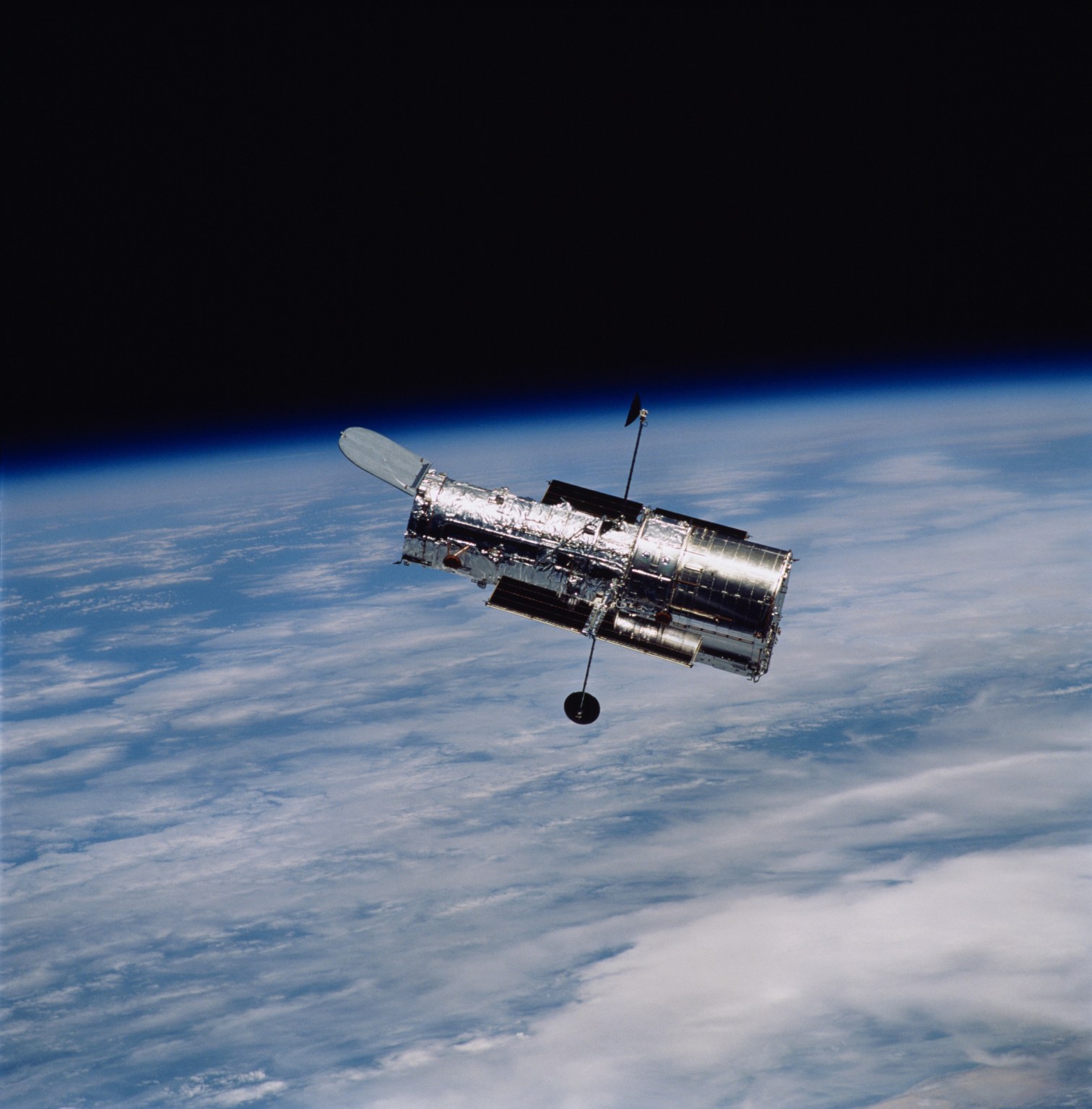1 min read
COSMOS Gravitational Lens 0038+4133

About the Object
- ConstellationConstellationOne of 88 recognized regions of the celestial sphere in which the object appears.Sextans
- DimensionsDimensionsThe physical size of the object or the apparent angle it subtends on the sky.HST observations of the COSMOS survey field cover 1.64 square degrees. This individual gravitational lens image is 15 arcseconds square.
About the Data
- Data DescriptionData DescriptionProposal: A description of the observations, their scientific justification, and the links to the data available in the science archive.
Science Team: The astronomers who planned the observations and analyzed the data. "PI" refers to the Principal Investigator.Science Team: Cecile Faure (Astronomisches Rechen-Institut, Heidelberg), Jean-Paul Kneib (Laboratoire d'Astrophysique de Marseille), Giovanni Covone (Laboratoire d'Astrophysique de Marseille), Lidia Tasca (Laboratoire d'Astrophysique de Marseille), Alexie Leauthaud (Laboratoire d'Astrophysique de Marseille), Peter Capak (California Institute of Technology), Knud Jahnke (Max-Planck-Institut fur Astronomie, Heidelberg), Vernesa Smolcic (Max-Planck-Institut fur Astronomie, Heidelberg), Sylvain de la Torre (Laboratoire d'Astrophysique de Marseille), Richard Ellis (California Institute of Technology), Alexis Finoguenov (Max-Planck-Institut fur extraterrestrische Physik, Garching), Catherine Heymans (University of British Columbia), Anton Koekemoer (STScI), Oliver Le Fevre (Laboratoire d'Astrophysique de Marseille), Richard Massey (California Institute of Technology), Yannick Mellier (Institut d'Astrophysique de Paris), Alexandre Refregier (Service d'Astrophysique, CEA/Sacla), Jason Rhodes (California Institute of Technology), Nick Scoville (California Institute of Technology), Eva Schinnerer (Max-Planck-Institut fur Astronomie, Heidelberg), James Taylor (California Institute of Technology), Ludovic Van Waerbeke (University of British Columbia), Jakob Walcher (Laboratoire d'Astrophysique de Marseille) - InstrumentInstrumentThe science instrument used to produce the data.HST>ACS/WFC, Subaru>Suprime, and CFHT>Megacam
- Exposure DatesExposure DatesThe date(s) that the telescope made its observations and the total exposure time.Oct. 2003 - May 2004 (HST), Jan.-Feb. 2004; 2005 (Subaru), and Dec. 2003-Jun. 2006 (CFHT)
- FiltersFiltersThe camera filters that were used in the science observations.ACS/WFC: F814W (I) Suprime: B,V,r,i,z; intermediate; narrow bands Megacam: u*, i*
- Object NameObject NameA name or catalog number that astronomers use to identify an astronomical object.COSMOS0038+4133
- Object DescriptionObject DescriptionThe type of astronomical object.Gravitational Lenses, Astronomical Survey
- Release DateFebruary 19, 2008
- Science ReleaseHubble Discovers 67 New Gravitationally Lensed Galaxies in the Distant Universe
- Credit

Compass and Scale
Compass and ScaleAn astronomical image with a scale that shows how large an object is on the sky, a compass that shows how the object is oriented on the sky, and the filters with which the image was made.
Related Images & Videos

Hubble Discovers 67 New Gravitationally Lensed Galaxies in the Distant Universe
Astronomers using NASA's Hubble Space Telescope have compiled a large catalog of gravitational lenses in the distant universe. The catalog contains 67 new gravitationally lensed galaxy images found around massive elliptical and lenticular-shaped galaxies. This sample...
Share
Details
Last Updated
Aug 17, 2025
Contact
Media
Claire Andreoli
NASA’s Goddard Space Flight Center
Greenbelt, Maryland
claire.andreoli@nasa.gov



































